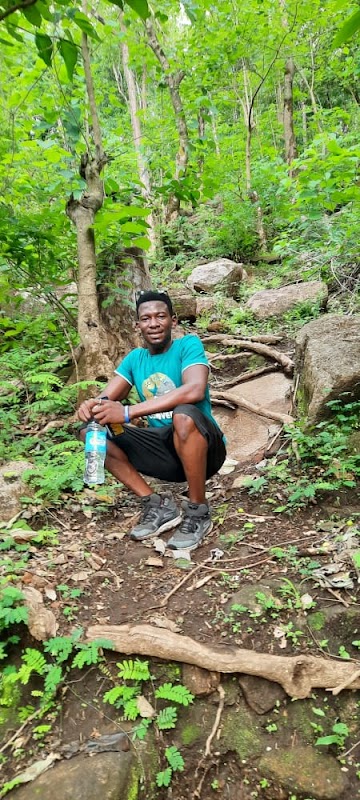
Lagbo Forest Reserve Adventures
Lagbo Forest Reserve is a protected tropical forest area in Sierra Leone, known for its rich biodiversity and opportunities for nature-based activities such as hiking and wildlife observation.
About Lagbo Forest Reserve

Lagbo Forest Reserve is located in the Northern Province of Sierra Leone and represents one of the significant tropical forest reserves in the region. Covering a diverse landscape of dense forest, river systems, and varied terrain, Lagbo supports a wide range of flora and fauna, including several endemic and threatened species. The reserve plays an important role in preserving the ecological integrity of the area, offering habitat for primates, birds, and other wildlife. Its dense canopy and undergrowth create a vibrant ecosystem highlighting the importance of tropical rainforest conservation. Historically, the forest reserve was established to curb deforestation and protect watersheds crucial for local communities. Visitors to Lagbo can explore its network of trails for hiking and wildlife watching, with opportunities to observe species such as forest elephants and various types of monkeys. The reserve is less visited compared to other protected areas in the region, making it ideal for travelers seeking secluded nature experiences. Additionally, the reserve is critical for research related to tropical biodiversity and sustainable forest management. Its rivers and streams offer potential for limited fishing and birding excursions. Overall, Lagbo Forest Reserve appeals to ecotourists and conservationists interested in West African tropical forest environments.
Highlights
Dense primary tropical forest with rich biodiversity
Opportunities to observe endangered West African primates
Riparian zones supporting diverse bird species
Remote trails offering quiet wildlife viewing experiences
Notable Natural Features
Riparian Forests
The forest reserve contains lush riverbank ecosystems that provide critical habitat for bird species and amphibians.
Primate Habitat
Lagbo Forest Reserve is home to multiple monkey species, including endangered chimpanzees and colobus monkeys.
Water Catchment Area
The reserve protects vital watershed areas supporting downstream communities and agriculture.
